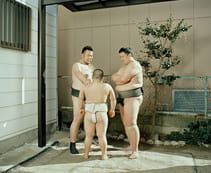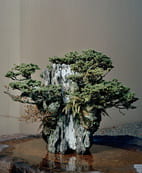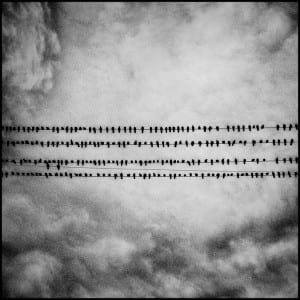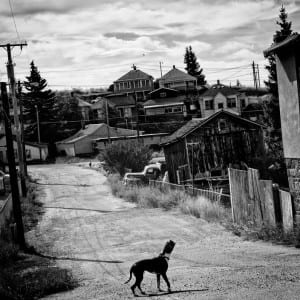Throughout this course, I enjoyed the in-depth analysis through the lens of photojournalism that we gave to each historical event covered. I enjoyed hearing the voices behind the images we observed when guest speakers came to talk. This course provided a truly holistic and interdisciplinary method of observing photojournalism and the complications and issues that can arise from visual news. I believe this course allows us all to gain a unique perspective to the reality of the images we are faced with everyday. It allowed us to go beyond the frame, and beyond a simple aesthetic analysis. It provided us a framework through which we could view global issues that exceeds traditional media analysis. It allowed us to see who took the images we view as snapshots and representations of greater issues, and what led these individuals to take this path. By combining the historical, political, economical, technological, ethical, and artistic, we attempted to break into the world of photojournalism in a way most people are not able, or willing, to do. We studied issues that many would like to turn their heads from, but are necessary to understanding the human condition, all in an engaging and insightful manner. We learned of the “addiction” that fuels many of these photojournalists to return to deadly war zones and depressing locations. We learned that many photojournalists are plagued with the same questions that we were when we viewed their work. We learned that intrinsic reward was necessary to survive in the world of photojournalism but that inspiration to stay in its grasps exceeded self-reward and extended into a desperate desire for change in how we view the world. The collaborative effect of photojournalism and advocacy inspired many of us, and through the mesmerizing websites and socially conscious projects my classmates presented at the end of the semester, we saw the true power of the image (Sorry for the use of the phrase, professor!)







Recent Comments